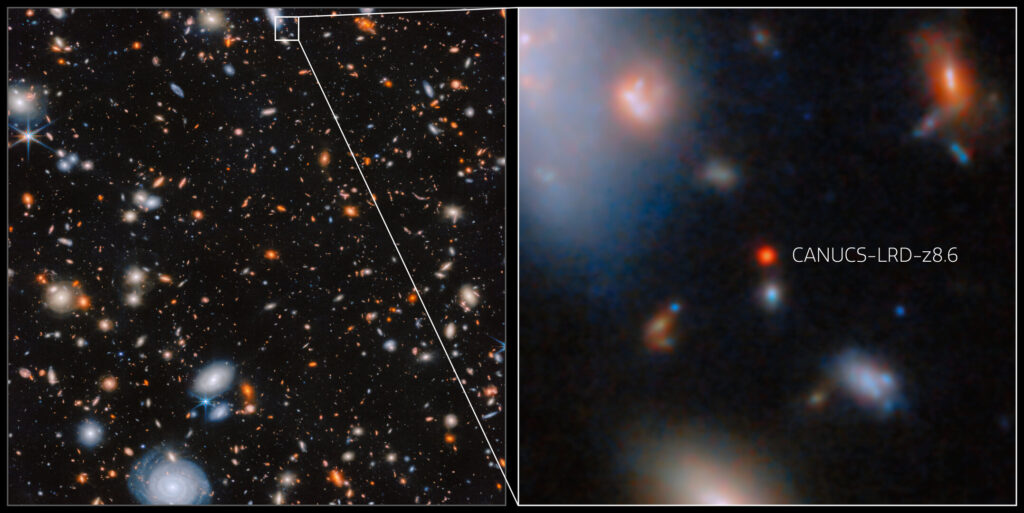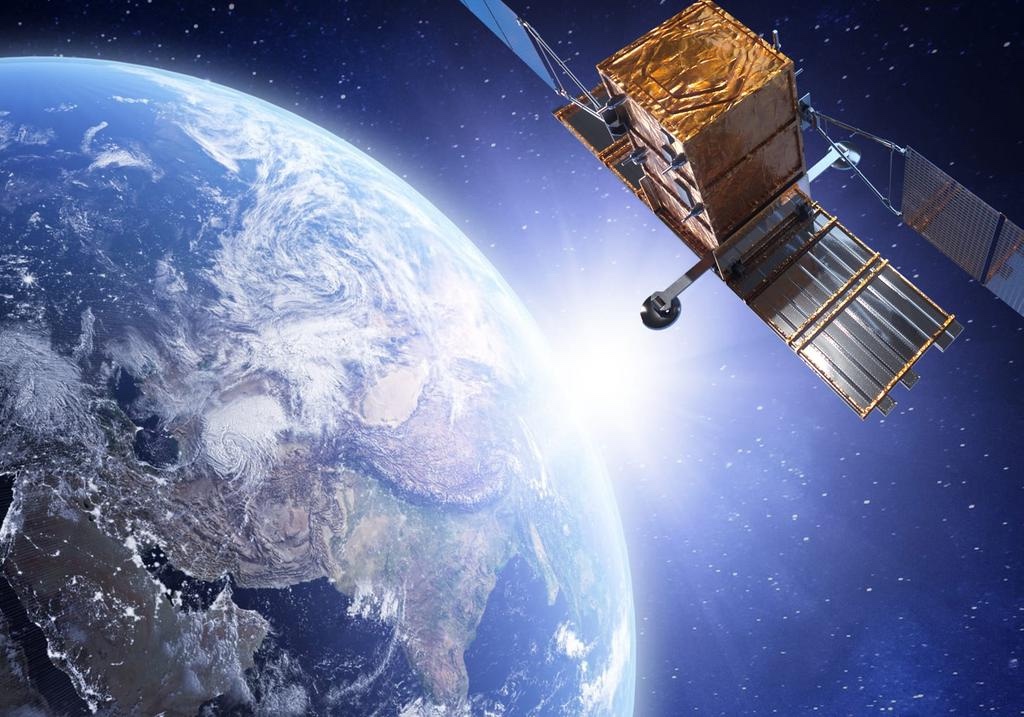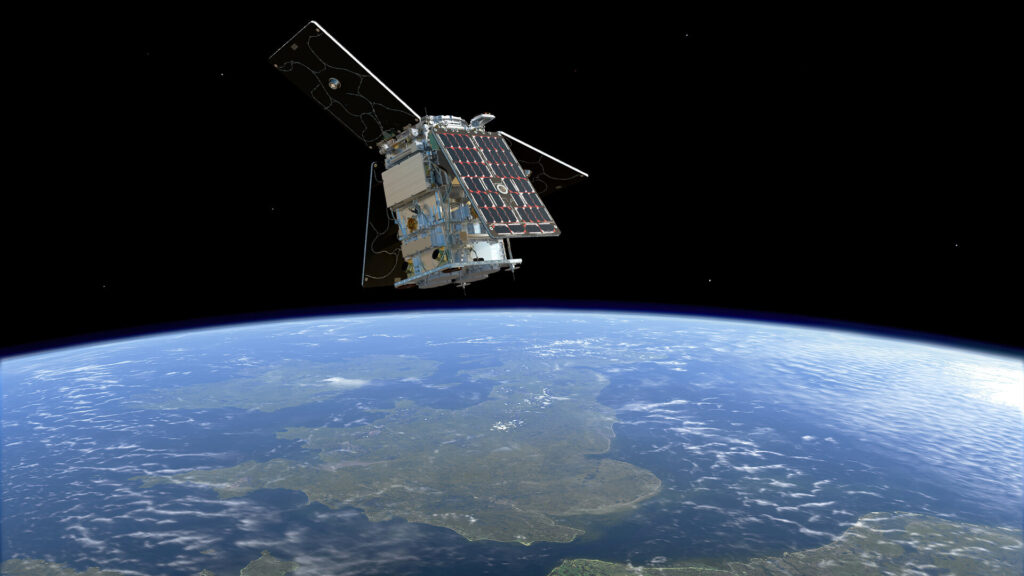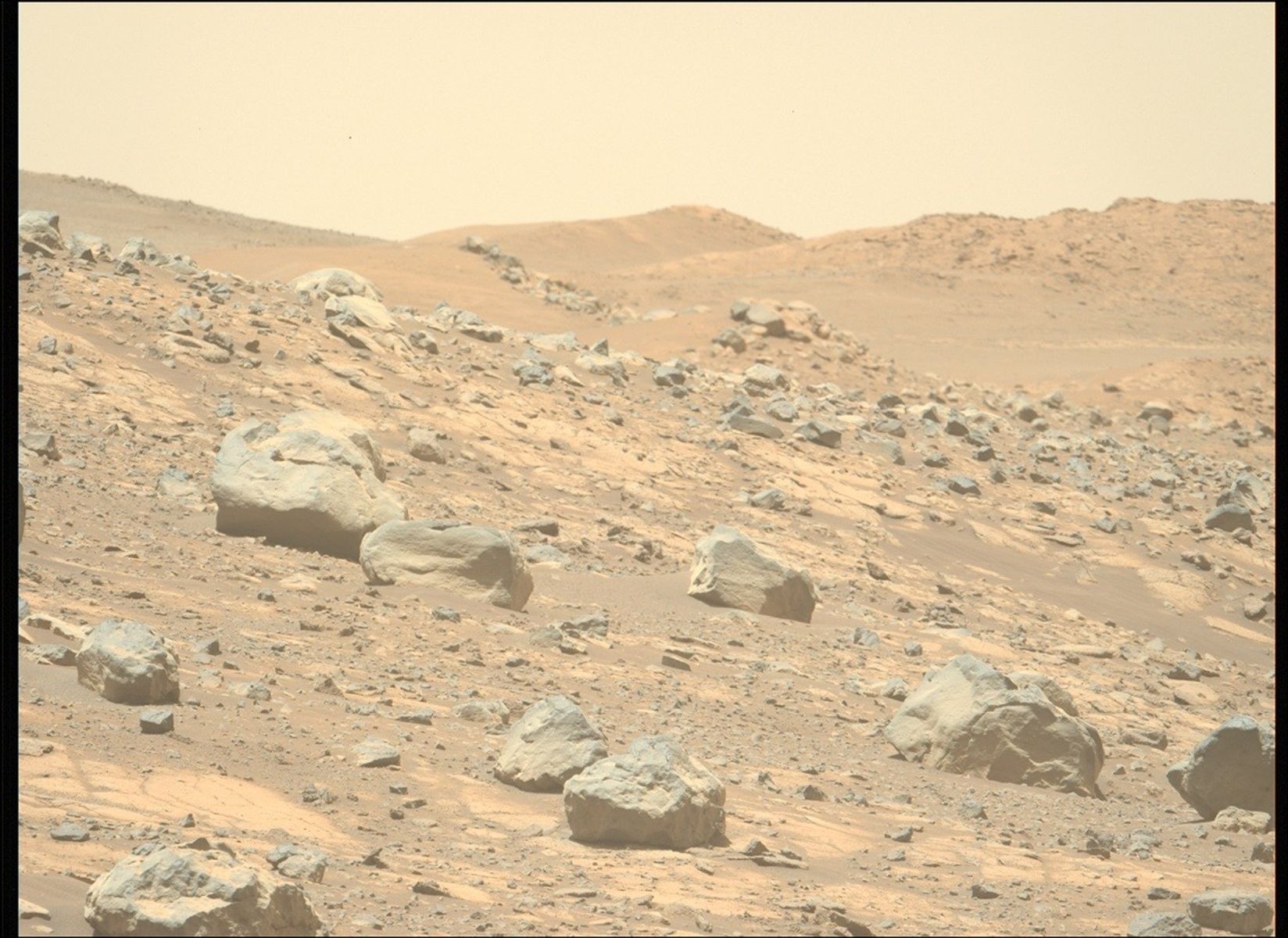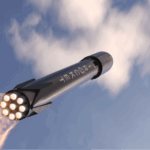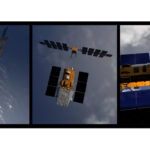Now Reading: Watch: MetOp-SG-A1 and Sentinel-5 media briefing
-
01
Watch: MetOp-SG-A1 and Sentinel-5 media briefing
Watch: MetOp-SG-A1 and Sentinel-5 media briefing


23/07/2025
127 views
6 likes
With launch slated for August, the first MetOp Second Generation satellite, MetOp-SG-A1, which also carries the Copernicus Sentinel-5 mission, is currently undergoing final preparations for liftoff aboard an Ariane 6 rocket from Europe’s Spaceport in French Guiana.
Speakers will include Simonetta Cheli, Director of Earth Observation Programmes at ESA, Phil Evans, Director-General at Eumetsat, Elisabeth Hamdouch, Deputy Head of Earth Observation Unit at the European Commission and Simon Brown, Managing Director for Products and Services at the UK Met Office.
About MetOp Second Generation
Data from the first-generation MetOp satellites have been the most significant factor in enhancing the accuracy of European weather forecasts for periods ranging from 12 hours to 10 days. But now it’s time for the MetOp Second Generation mission, or MetOp-SG for short, to take over the reigns – not only to ensure the continuity of global observations from polar orbit for weather forecasting and climate analysis, but to do it even better.
Unlike the original MetOp series of three successive single satellites, the all-new MetOp-SG mission comprises three successive pairs of satellites. Each MetOp-SG pair is made up of an A-type and a B-type satellite that carry a different, but complementary, suite of remarkable instruments. The package totals ten different instruments across both satellites, some of which are based on the sound heritage of the first MetOp series, and some of which are completely new.
The A-type satellites carry six instruments: a next-generation infrared atmospheric sounder, a microwave sounder, a multispectral imaging radiometer, a novel multiviewing, multichannel, multipolarisation imager, a radio occultation sounder (which is also embarked on the MetOp-B satellites), and the Copernicus Sentinel-5 spectrometer.
The type-B satellites carry five instruments: a scatterometer, the other radio occultation sounder, a novel microwave imager, a novel ice-cloud imager, and an Argos-4 data collection system.
The first MetOp-SG satellite, an A-type, MetOp-SG-A1, is scheduled for launch in August.
The mission is thanks to the long-standing cooperation between ESA and Eumetsat, where ESA is responsible for designing and building the satellites, and Eumetsat procures the launch service, develops the ground segment, operates the satellites and provides the data to the worldwide meteorological user community.
About Copernicus Sentinel-5
Building on the success of the Copernicus Sentinel-5 Precursor satellite, the new Copernicus Sentinel-5 mission introduces an advanced imaging spectrometer. This cutting-edge instrument is integrated into the MetOp Second Generation A-type weather satellites, working in synergy with other onboard instruments.
Sentinel-5 delivers daily global data on key air pollutants, essential climate variables, and stratospheric ozone that protects us from ultraviolet radiation.
The mission’s high-resolution imaging spectrometer operates across seven spectral bands, spanning the ultraviolet, visible, near-infrared and shortwave infrared ranges to measure a host of trace gases, including ozone, nitrogen dioxide, sulphur dioxide, formaldehyde, glyoxal, carbon monoxide, and methane, as well as aerosols and UV index. Additionally, the instrument will probe the vertical distribution on some of these components.
The first Sentinel-5 instrument, Sentinel-5A, is scheduled for launch aboard the MetOp-SG-A1 satellite in August.
The Copernicus Sentinel-5 mission is the result of close cooperation between ESA, the European Commission, Eumetsat, industry, service providers and data users.
Tune in to the pre-launch press briefing on Monday, 28 July at 14:00 CEST, which will be streamed live on ESA Web TV One.
Stay Informed With the Latest & Most Important News
Previous Post
Next Post
-
 012024 in Review: Highlights from NASA in Silicon Valley
012024 in Review: Highlights from NASA in Silicon Valley -
 02Panasonic Leica Summilux DG 15mm f/1.7 ASPH review
02Panasonic Leica Summilux DG 15mm f/1.7 ASPH review -
 03How New NASA, India Earth Satellite NISAR Will See Earth
03How New NASA, India Earth Satellite NISAR Will See Earth -
 04And Thus Begins A New Year For Life On Earth
04And Thus Begins A New Year For Life On Earth -
 05Astronomy Activation Ambassadors: A New Era
05Astronomy Activation Ambassadors: A New Era -
06SpaceX launch surge helps set new global launch record in 2024
-
 07Space Force plans new ‘Futures Command’ amid pressure to speed up modernization
07Space Force plans new ‘Futures Command’ amid pressure to speed up modernization












